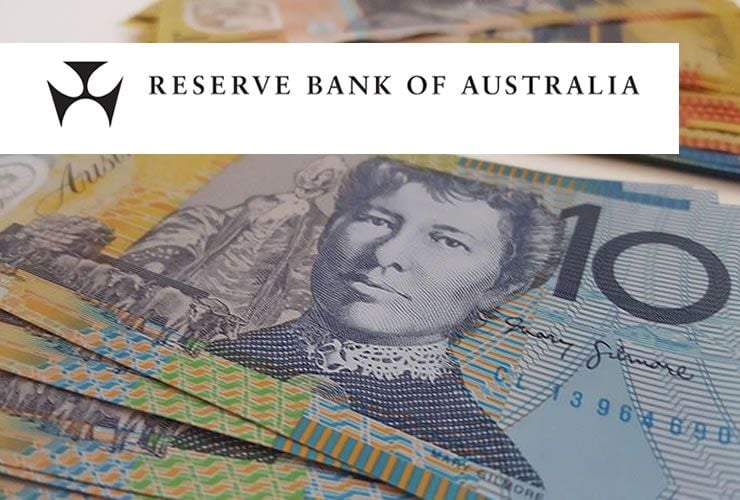Aussie Dollar Checks Advance as GDP Data Fails to Lift the Mood
- Written by: James Skinner

Growth in the Australian economy gathered pace during the second quarter but the figure disappointed against analyst expectations.
The Australian Dollar was seen trading with a sudbued tone in mid-week trade after an eagerly-anticipated economic growth number fell short of what was needed to keep the rally of the Antipodean currency alive.
Australia’s economy grew at a rate of 0.8% in the second quarter, according to data released overnight, an increase that was below analyst expectations for a rise of 0.9%.
“Australian gross domestic product (GDP) grew by 0.8% in the June quarter 2017, following a 0.3% rise in the March quarter. The economy grew 1.8% through the year,” the Bureau of Statistics says.
Analysts were forecasting the annualised rate to sit higher at 1.9%.
The Pound-to-Australian Dollar exchange rate rose 0.15% during early trading in London, to be quoted at 1.6315, making for an Australian-Dollar-to-Pound exchange rate of 0.6128. The Australian-Dollar-to-US-Dollar exchange rate fell 0.3% to 0.7982 during early trading.
The Aussie’s reaction came after other data released in recent days had led some to expect an above consensus number would be possible. This is while the currency had already posted solid gains against the majors in the last week.
In addition, the composition of growth shown in the broken down numbers has done little to alter perceptions of what the Reserve Bank of Australia may or may not do over the coming months.
“Today’s data leaves us comfortable with our view that the RBA is unlikely to cut interest rates, but that a rate hike is still some way off. We expect the cash rate to remain on hold into 2018,” says Jo Horton, an economist at St George Bank.
The RBA left the cash rate unchanged at 1.50% for the 13th month in a row Tuesday, while Governor Lowe told an audience at a dinner speech after the meeting that the long term equilibrium interest rate for Australia will be lower than before, likely around 3.5%.
However, the bank sounded a brighter tone on the economy, noting an improvement in the non-mining investment outlook, a steady labour market and a housing market that has now become to cool in some parts after years of runaway price growth - which reduces financial stability risks.
“For the RBA and policy makers, the national accounts represent something of a mixed bag. Overall conditions gained momentum mid-year, employment growth has strengthened and the global backdrop has improved," says Westpac economist Andrew Hanlan. "However, the fundamental headwind of weak wages growth and resulting lacklustre consumer spending persists, and this is ahead of a looming downturn in home building.”
Get up to 5% more foreign exchange by using a specialist provider by getting closer to the real market rate and avoid the gaping spreads charged by your bank for international payments. Learn more here.




